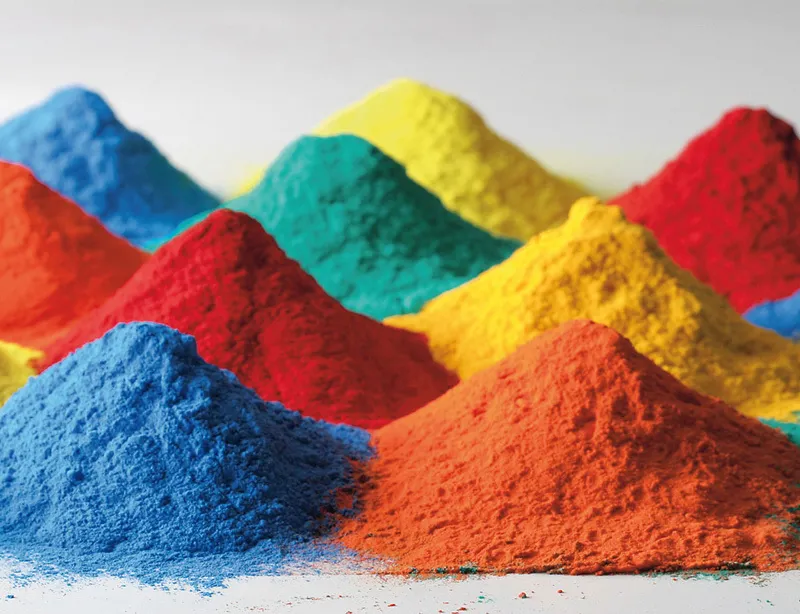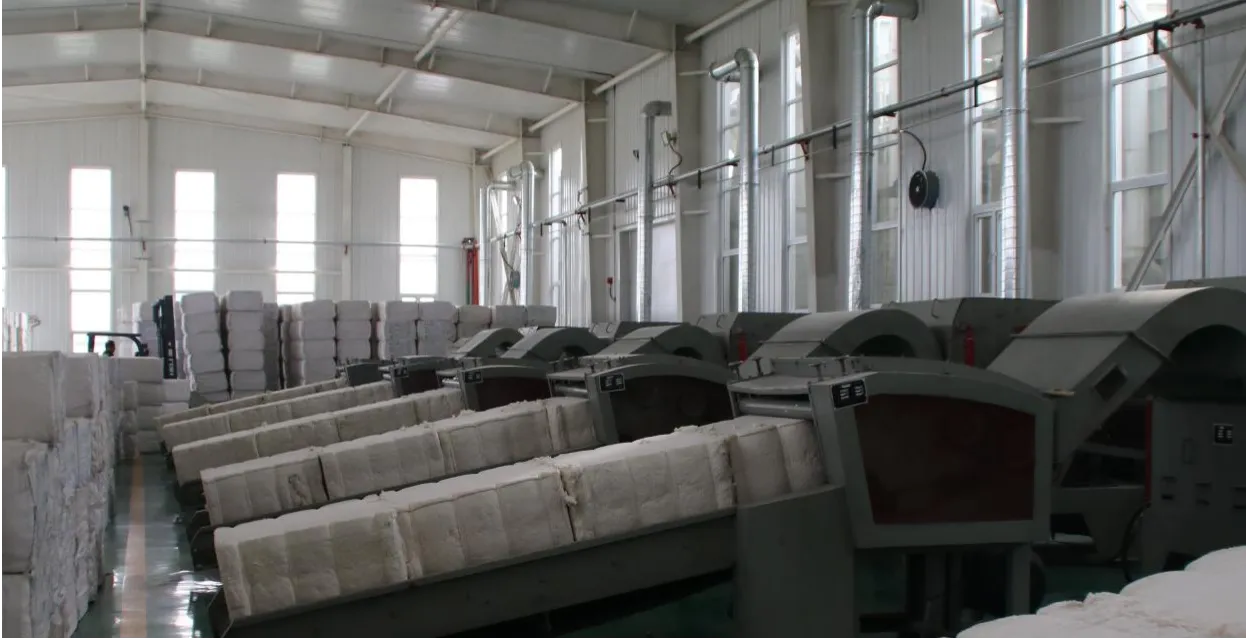
Understanding Hydroxymethyl Ethyl Cellulose: Applications and Market Trends
Hydroxymethyl ethyl cellulose (MHEC) is a versatile chemical compound widely used in various industries, including construction, pharmaceuticals, and personal care. As a type of modified cellulose ether, MHEC cellulose plays a crucial role in improving the performance of products by enhancing their viscosity, water retention, and workability. This article explores the characteristics and applications of chemical MHEC, as well as the factors influencing MHEC powder prices in the global market.

Applications and Benefits of MHEC Cellulose
MHEC cellulose is primarily used in the construction industry as an additive in cement-based and gypsum-based materials. It enhances the water retention capability of mortar and plaster, preventing premature drying and improving adhesion strength. Additionally, MHEC cellulose contributes to the smooth application of wall putty and tile adhesives, making construction processes more efficient.
Beyond construction, chemical MHEC is widely utilized in the production of water-based paints, coatings, and detergents. In paint formulations, it acts as a thickening and stabilizing agent, ensuring uniform pigment dispersion and preventing sedimentation. Meanwhile, in detergents, MHEC cellulose improves foam stability and enhances the texture of liquid soaps and shampoos.
The pharmaceutical industry also benefits from the use of MHEC cellulose. It is commonly used as a binder in tablet formulations and as a film-forming agent in controlled-release drug delivery systems. Due to its non-toxic and biodegradable nature, hydroxymethyl ethyl cellulose is considered safe for medical applications.

Factors Influencing MHEC Powder Prices
The mhec powder price varies based on several factors, including raw material costs, production processes, and market demand. The primary raw materials for producing MHEC cellulose include refined cotton and etherifying agents. Fluctuations in the availability and cost of these raw materials directly impact the final price of the product.
Another key factor affecting mhec powder price is the complexity of the manufacturing process. Advanced production techniques that ensure higher purity and better performance characteristics tend to increase costs. Additionally, environmental regulations related to chemical production and disposal can lead to additional expenses, influencing the market price.

Market demand also plays a significant role in determining the mhec powder price. With the rapid expansion of the construction industry, particularly in developing countries, the demand for high-quality cellulose ethers is steadily rising. This increase in demand often leads to price fluctuations depending on supply chain stability and competition among manufacturers.
In conclusion, hydroxymethyl ethyl cellulose is an essential ingredient in various industries due to its multifunctional properties. The applications of chemical MHEC range from construction to pharmaceuticals, making it a valuable additive in numerous products. However, mhec powder prices are influenced by multiple factors, including raw material availability, production costs, and market demand. As the industry continues to evolve, understanding these factors can help businesses make informed purchasing decisions.
-
Understanding Hydroxyethyl Cellulose and Its Applications소식Jul.01,2025
-
The Versatile Applications of Hydroxyethyl Cellulose소식Jul.01,2025
-
Cellulose: A Natural Polymer of Plant Cell Walls and Its Multiple Applications소식Jul.01,2025
-
HPMC in Enhancing Freeze-Thaw Resistance of Concrete소식Jul.01,2025
-
Exploring HPMC in Underwater Concrete Applications소식Jul.01,2025





















